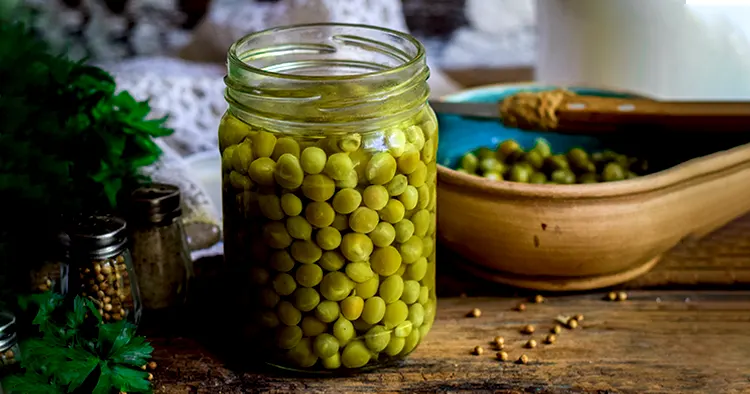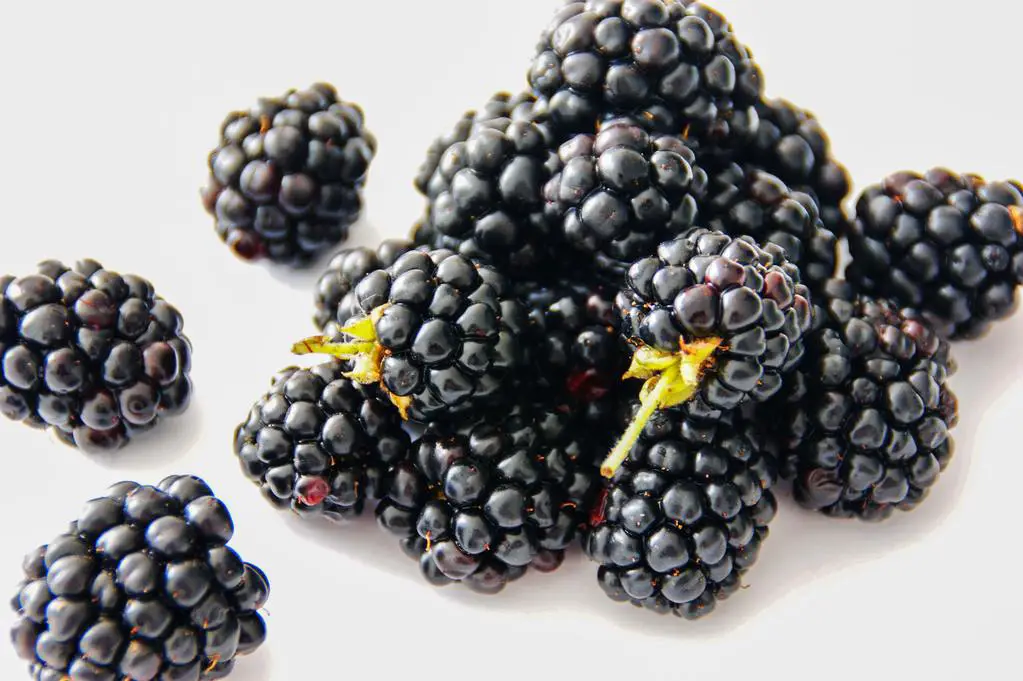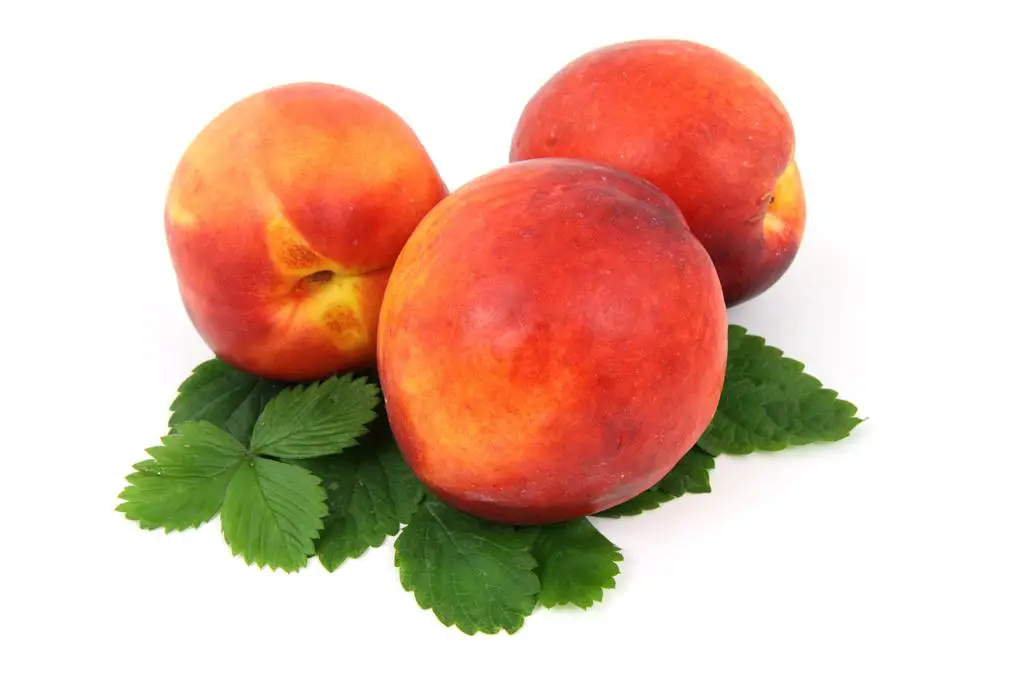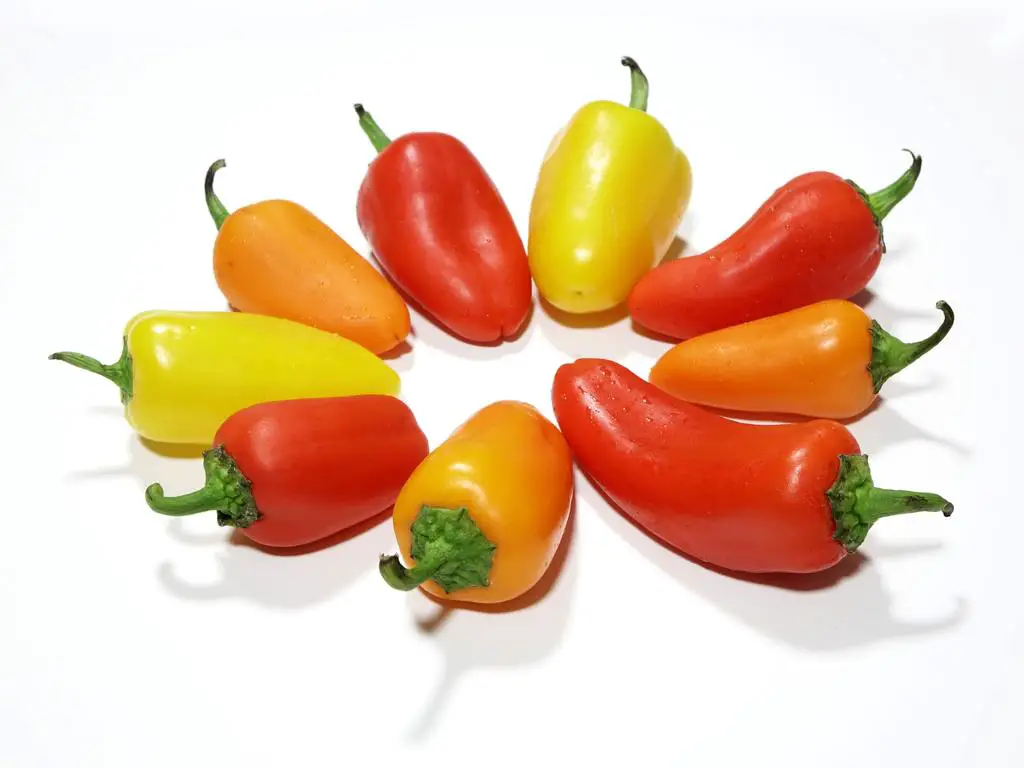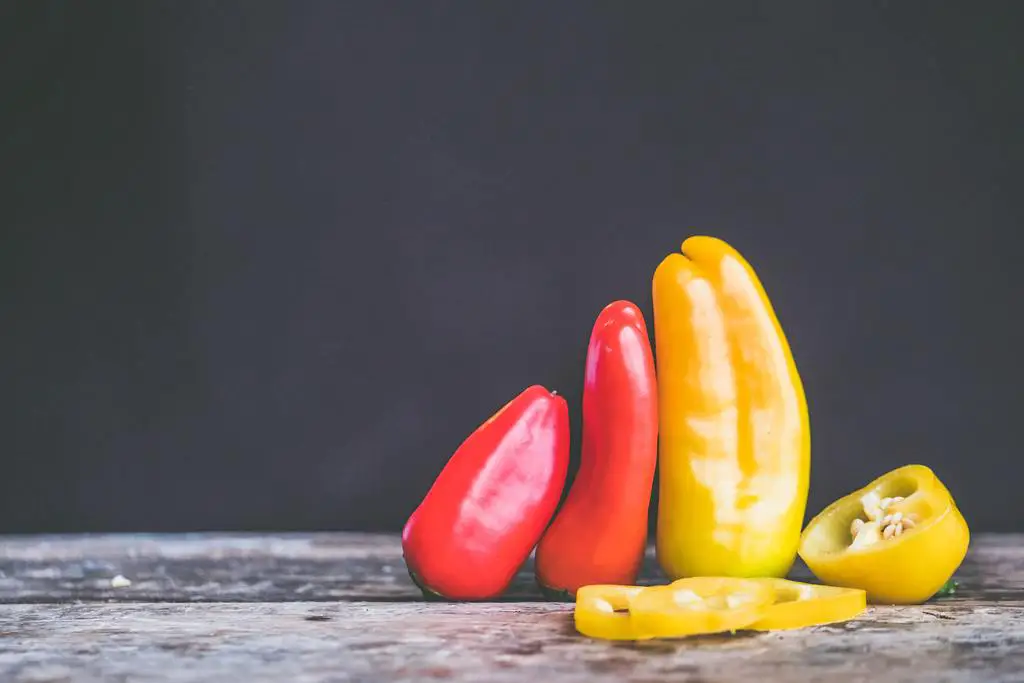Canning peas are an excellent addition to your pantry, and the process itself is unbelievably simple. When talking about canned peas, people seem to have a love/hate relationship with them, as they generally think of the ones found at the grocery store. Whether it’s due to the texture or color, they can often look, or taste unappealing. It depends on the variety of peas, but if you start with fresh, lovely green peas, you will undoubtedly have a beautiful and delicious product.
It’s best to use a pressure canner when canning peas due to the low acidity of the peas themselves. Next to freezing, pressure canners help retain the freshness and taste.
Table of Contents
Types of Peas
There are three main types of peas:
English Peas
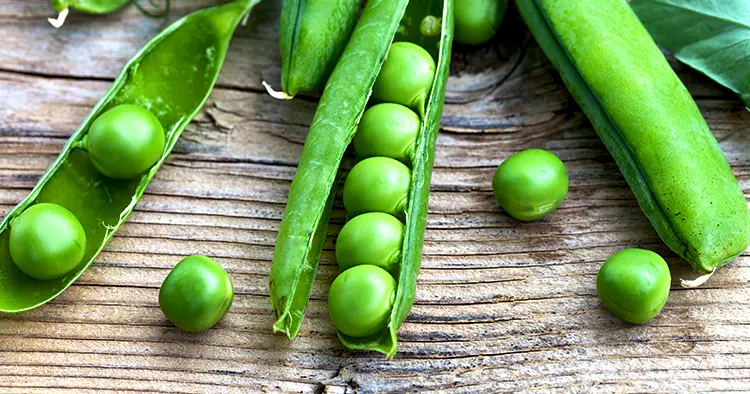
Also known as shell peas or garden peas, these are the most common and the best for canning. Their shell is tough and inedible, so you’ll need to take them out of the shell in order to process them. English peas come in dozens of varieties, including: Spring Peas, Survivor Peas, Wando Peas, and Garden Sweet Peas. All of these are commonly grown in gardens. These are the ideals peas to use for canning.
Snow Peas
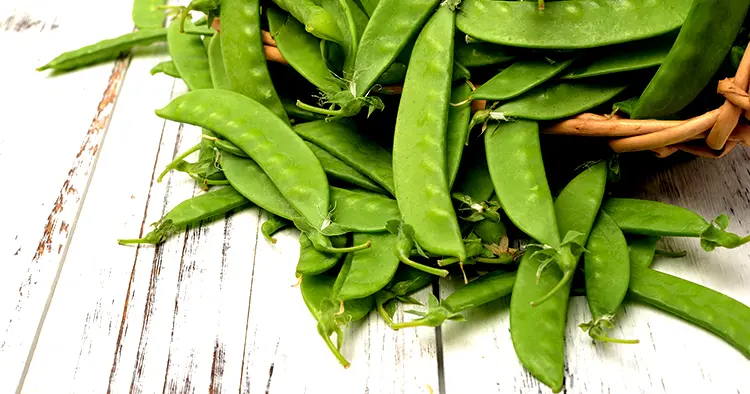
These are the peas you typically find in Chinese cooking. The peas inside are small, and the shells are edible. It’s best to freeze these instead of canning.
Sugar Snap
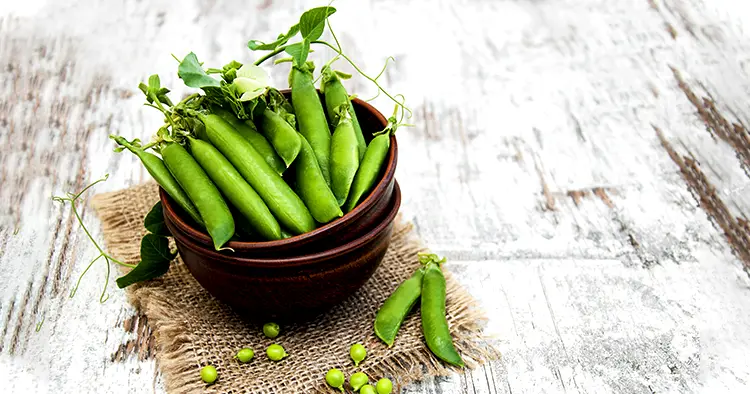
Somewhere between the English Peas and Snow Peas, is the Sugar Snap Pea. The peas inside are larger and can be shelled, but you can also eat the shells. These are also best preserved by freezing.
How Many Peas do I need?
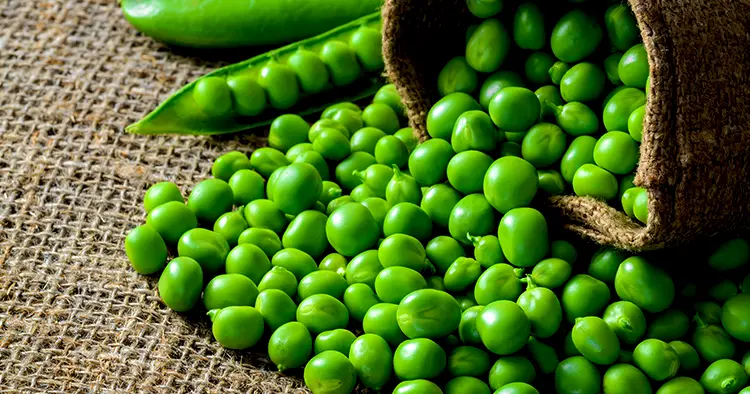
Firstly, you will want to think about jar sizes for canning. When you think about a package of frozen peas, or a can of peas from the grocery store, they are generally about pint-size. The directions here will provide information for quart and pint-size, so choose the one you or your family might use.
When you buy or grow peas, they either come in the pod, or already shelled. Peas are not hard to shell, they just take a little time.
If they are in the pod, you will need:
- 4.5 pounds of peas in a pod per quart jar
- 31.5 pounds peas in a pod for 7 quarts
- 20 pounds peas in a pod for 9 pints
If the peas are already shelled, you will need:
- 11 oz peas (shelled) per ½ liter (US pint) jar
- 4.5 pounds shelled for 6 Pints
- A bushel of peas is 30 pounds and will net 5-10 quarts
Gather Supplies
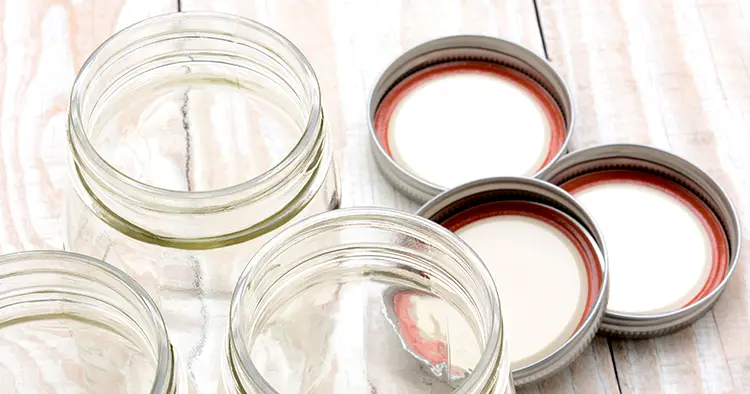
- Shelled Peas (discard any that are shriveled or discolored)
- Pressure canner
- Large saucepan
- Funnel
- Canning jars
- Canning lids and rings
- Jar lifter
- Bubble Popper
- Clean towels
Sterilize and Prep
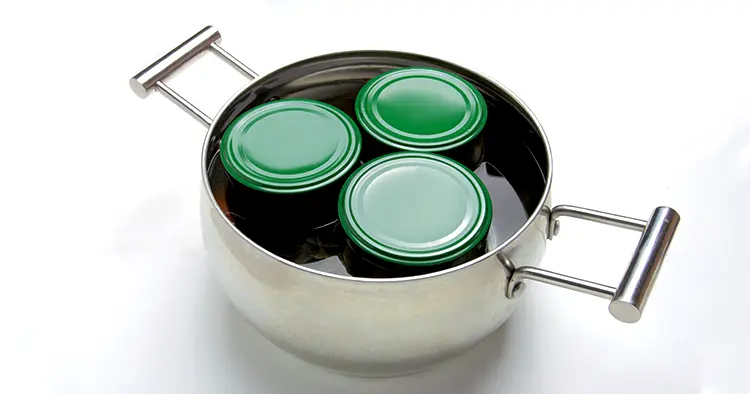
Your jars need to be clean and hot. You can do this in several ways.
- Sterilize jars in the oven at 200 degrees F for 20 minutes.
- Sterilize jars in boiling water for 10 minutes.
- Run them through the dishwasher and keep them on the warm cycle until they are ready for canning.
Place your lids and rings in a pan of hot water and bring them to a simmer.
Add 3 quarts of water to your canner and place it over the burner to heat it. It should be near the boiling point when you add the jars. Also, the pressure canner should have a rack on the bottom.
Place a large saucepan of water on the stove and bring it to a boil. This will be used to fill your jars.
Raw pack or Hot pack
Peas can be canned in two ways: raw or hot pack. They both create a quality product.
- Raw – add your raw peas to the hot canning jars, then add boiling water.
- Hot – Cook peas for 2 minutes, strain, add to the jar, then add fresh boiling water.
Canning Peas

- Remove your jar from the oven, hot water bath, or dishwasher.
- Fill your jars with peas. They should sit in the jar naturally – do not pack them down. Use a funnel to keep it neat.
- Add boiling water, fill it to within 1 inch of the top of the jar.
- Remove bubbles with a bubble popper, chopstick, or dull knife.
- Clean the rim of the jar by wiping it with a wet and then a dry rag. Make sure there isn’t any water or residue on the rim – where the lid meets the jar.
- Add the lid and then screw on the ring. Do not over-tighten.
- Add the jars to the pressure canner.
Processing Time
As there are many pressure canners on the market, you will want to consult your manual for specific instructions. Here are some general guidelines:
If you have a dial gauge
Style of Pack: Hot & Raw
Jar Size: Pints
Time: 40 Minutes
0-2,000 Feet Altitude: 11 lbs PSI
2,0001 – 4,000 Feet Altitude: 12 lbs PSI
4,000 – 6,000 Feet Altitude: 13 lbs PSI
6,001 – 8,000 Feet Altitude: 14 lbs PSI
If you have a weighted gauge
Style of Pack: Hot & Raw
Jar Size: Pints & Quarts
Time: 40 Minutes
0 – 1,000 Feet Altitude: 10 lbs of pressure
Above 1,000 Feet Altitude: 15 lbs of pressure
Source: National Center for Home Food Preservation
Finishing the Canning Process
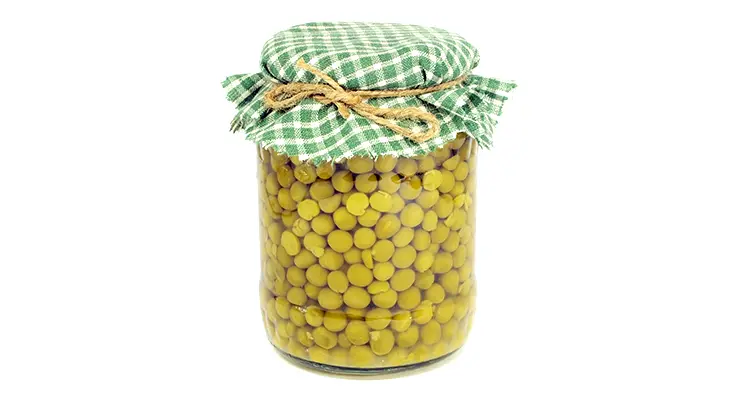
After the processing time has elapsed, remove the pressure canner from the heat and allow the pressure to slowly dissipate. Again, you will want to check your pressure canner manual for exact procedures on how long to wait to release the steam.
When it is safe, remove the pressure canner lid and use tongs to remove the jars from the hot water. Place them on a towel and allow them to cool completely.
Check to see if the jars have been sealed. If they haven’t, put that jar in the fridge and eat it within a few days.
If the jars have sealed properly, place the jars in the pantry for use in the next 12 months.
Troubleshooting
If your peas develop cloudiness in the jar, this is caused by the starch in the peas. Using the hot pack method and using fresh boiling water in the processing time will lessen this effect. If the cloudiness is excessive or results in a gelled mass, the peas are overripe. Try fresher peas the next time. Either way, the peas are still okay to eat, as long as the jar is sealed during the canning process.
Nutrition for Peas
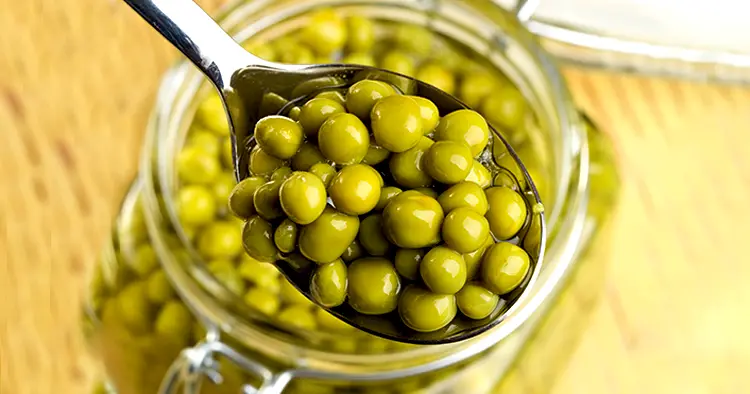
Peas are a starch and have great nutritional value.
One cup of peas has:
- 117 Calories
- .5 grams Fat
- 7 milligrams Sodium
- 20 grams Carbohydrates, including 7 grams Dietary Fiber and 8 grams Sugar
- 7.5 grams Proteins
- 36 milligrams Calcium
- 2 milligrams Iron
- 354 milligrams Potassium
- 55 micrograms Vitamin A
- 58 milligrams Vitamin C
Enjoying your Canned Peas
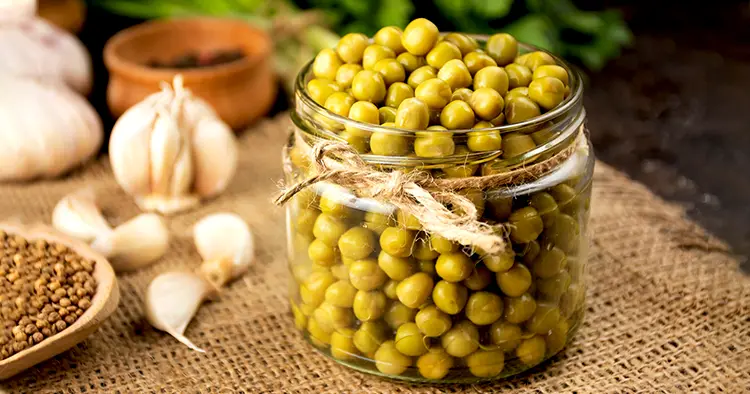
Peas are delicious to eat straight out of the can, but can also be used in casseroles, side dishes, salads, and so much more. They can be enjoyed hot or cold. If you find yourself with an excess of peas from your garden, or a local farmer, try canning peas today. How do you like your peas?
